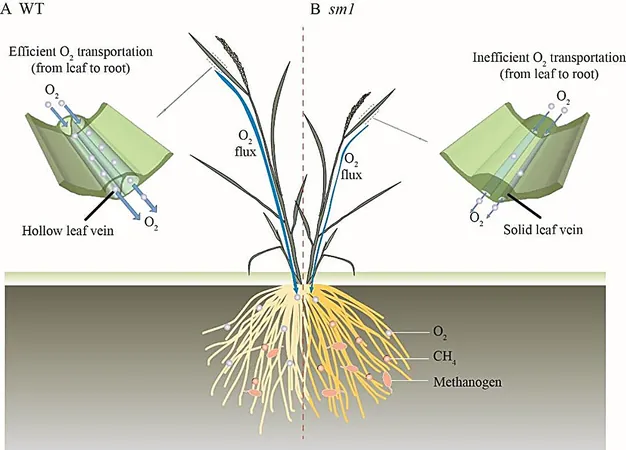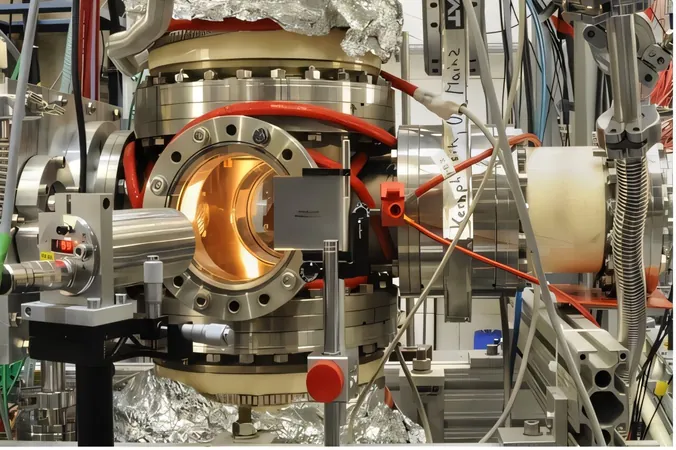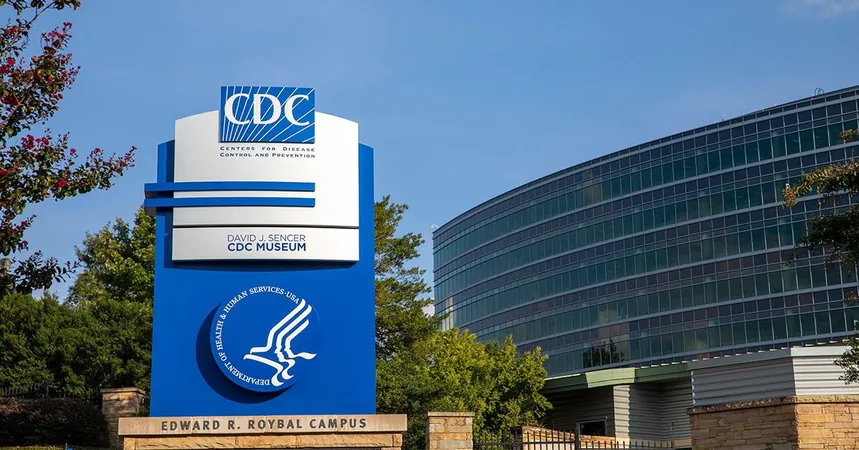
Transforming Security: The Essential Role of SecOps in Unifying Physical and Digital Defence
2024-11-11
Author: Amelia
The Evolving Security Landscape
Gone are the days when physical security and cybersecurity operated in isolation, each with separate teams and tactics. With advancements in technology, these domains are increasingly intertwined. Modern security infrastructures leverage digital networks to control physical systems, such as surveillance cameras and access management protocols. This interconnectedness elevates operational capabilities, but it also heightens vulnerability to cyberattacks.
SecOps addresses these challenges by fostering collaboration between physical security teams and IT departments. In today's complex technological ecosystem, it is imperative for organizations to unify these efforts to effectively respond to emerging threats.
Crafting a Comprehensive SecOps Strategy
Implementing SecOps is not without its hurdles. Differences in focus and mindset between physical security and IT professionals can stall progress. While physical security teams prioritize tangible threats, IT departments are deeply involved in safeguarding digital assets. A cohesive strategy aims to harmonize these divergent priorities.
Embracing SecOps means recognizing the interdependencies of physical and digital security. For instance, a cyberattack on an access control system can have direct consequences for physical safety. By understanding these connections, organizations can create protocols that enhance both physical security and cybersecurity responsiveness.
Leveraging Technology for Superior SecOps
The backbone of SecOps lies in technology. Organisations are increasingly adopting hybrid-cloud solutions and unified security platforms to streamline operations. Recent reports indicate that over half of security organizations now utilize cloud or hybrid systems, recognizing their potential in enhancing data management and operational flexibility.
Unified platforms that encompass access control, video management, and intrusion detection within a single interface empower organizations to monitor and mitigate risks in real time. Security measures like encryption, multi-factor authentication, and health monitoring enhance these platforms' robustness. Furthermore, these systems promote collaboration, ensuring vulnerabilities are swiftly addressed as part of an overarching defence strategy.
Making SecOps a Reality
For SecOps to be effective, it requires more than just technology; it necessitates the collaborative effort of cross-functional teams. By combining the expertise of physical security professionals with IT specialists, organizations can align their security strategies with their broader objectives, enhancing overall resilience against threats.
A critical aspect of successful SecOps is the establishment of centralized visibility, where both physical security and IT teams can monitor incidents collaboratively. A shared dashboard offers real-time insights, enabling quick responses to emerging threats. For example, an unusual network activity could coincide with unauthorized access attempts, prompting immediate investigation from both physical and cybersecurity perspectives.
Automation is another essential component, helping to expedite responses during critical situations. By leveraging modern work management tools, organizations can automate key security actions, ensuring that teams remain alert and responsive, thus minimizing potential damage.
Strengthening Interdepartmental Cooperation
The importance of seamless interdepartmental collaboration cannot be overstated in a SecOps framework. Centralized management platforms facilitate communication and information sharing, reducing human error and enhancing swift actions during critical incidents. As the lines blurring between physical and digital security become increasingly pronounced, SecOps stands out as a strategic solution for comprehensive organizational protection.
For professionals within the physical security realm, adopting a SecOps approach fosters a proactive shift in responsibilities. It encourages them to embrace the integration of cybersecurity measures alongside traditional practices, ultimately protecting assets and enhancing the overall safety of environments.
In summary, SecOps not only fortifies defenses but also aligns physical security endeavors with an organization’s wider digital transformation goals. By merging IT and physical security through cutting-edge technology and collaborative practices, SecOps empowers organizations to effectively tackle the complexities of contemporary security challenges. Don’t be left behind—embrace the future of security today!









 Brasil (PT)
Brasil (PT)
 Canada (EN)
Canada (EN)
 Chile (ES)
Chile (ES)
 España (ES)
España (ES)
 France (FR)
France (FR)
 Hong Kong (EN)
Hong Kong (EN)
 Italia (IT)
Italia (IT)
 日本 (JA)
日本 (JA)
 Magyarország (HU)
Magyarország (HU)
 Norge (NO)
Norge (NO)
 Polska (PL)
Polska (PL)
 Schweiz (DE)
Schweiz (DE)
 Singapore (EN)
Singapore (EN)
 Sverige (SV)
Sverige (SV)
 Suomi (FI)
Suomi (FI)
 Türkiye (TR)
Türkiye (TR)